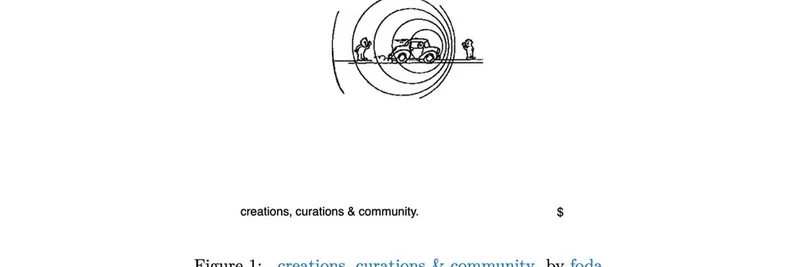In the fast-paced world of blockchain and crypto, launching a token—especially a meme token—can feel like a high-stakes gamble. You want to get your creation into the right hands without leaving money on the table or scaring off your community. That's exactly the dilemma Austin Adams, from Whetstone Research, dives into in his latest piece shared via a thread on X.
Adams, who's building at Whetstone and has a background at Uniswap, kicked off the discussion with a tweet announcing his thoughts on initial pricing auctions. The thread highlights how traditional fixed price auctions might be holding us back, especially now that tech like Layer-2 networks makes more advanced options possible.
The Problem with Guessing Prices
At the heart of Adams' note is a simple but thorny issue: every token creator has to decide what their asset is worth and how to distribute it. For meme tokens, which often rely on community hype and viral momentum, this is crucial. Set the price too high, and nobody bites—your launch fizzles out, and potential buyers turn away. Worse, it could damage trust in your project.
On the flip side, price it too low, and bots swoop in to snipe massive chunks of supply, flipping them for quick profits. This "value leakage" means the team and early supporters miss out on earnings that could fund development or reward the community. Adams points out that this isn't just a minor annoyance; it can kill otherwise viable projects by starving them of resources.
He explains it like this: fixed price auctions are basically a guess. And guesses are guaranteed to be wrong in one direction or the other, leading to inefficiencies. In crypto terms, this is about price discovery—the process of finding the "fair market value" through trading. Fixed prices skip that step, assuming the team knows best from the start.
A Relic of the Past?
Adams argues that fixed prices are a holdover from traditional auctions, where getting people in a room to bid was a hassle. Think art sales or estate auctions—logistics limited what was possible. But in the digital world of blockchain, especially with cheap transactions on Layer-2 chains like Base or Optimism, we can do better.
Programmatic markets change everything. Bids can be automated, verifiable, and open to anyone with an internet connection. This opens the door to dynamic pricing mechanisms, where the auction adjusts based on demand. The result? Less leakage to arbitrageurs (those pesky bots) and more value captured by the project and its true believers.
In the thread, Adams emphasizes: "By dynamically adjusting prices, the auction results in less value leakage from both the ecosystem and the long-term buyers of it, leading to better price outcomes on net." For meme tokens, which thrive on community engagement, this could mean fairer launches that reward genuine supporters over snipers.
Diving Deeper into Value Capture
In his full note (available as a PDF here or on Paragraph), Adams breaks it down further. He introduces the concept of "liquidity-bootstrapping auctions" aimed at finding a token's value as efficiently as possible.
If the starting price is too high, rational buyers stay away, and the market never gets off the ground. There's no trading activity to signal value, which in reflexive markets like crypto, can create a downward spiral—nobody buys because nobody's buying.
Underpricing is even more insidious. It invites instant arbitrage, where buyers grab supply cheaply and sell high. As anti-sniping tools improve, snipers get smarter, targeting tokens with expected ongoing demand. This shifts the game: users are more price-sensitive, making blind sniping riskier, but it still drains value from the ecosystem.
Adams notes that with maturing DeFi protocols, we can design sophisticated alternatives. Dynamic auctions could let prices adjust in real-time, ensuring the token finds its true level without massive giveaways to opportunists.
What This Means for Meme Tokens
Meme tokens are all about fun, virality, and community—but under the hood, they're still financial assets. Platforms like Pump.fun have popularized bonding curves, which are a form of dynamic pricing, allowing prices to rise with buys and fall with sells. Adams' critique aligns with this shift, suggesting fixed prices are outdated for the meme economy.
By moving to better mechanisms, creators can minimize bots, maximize community buy-in, and capture more value for growth. It's not just about avoiding losses; it's about building sustainable ecosystems where unique insights and participation are rewarded.
Adams wraps up his thread inviting feedback, acknowledging that auction design is a hot topic. As meme token launches continue to explode, insights like these could shape the next wave of fairer, more efficient distributions.
If you're launching a meme token or just curious about crypto mechanics, check out the full thread here and the note itself. What do you think—time to ditch fixed prices for good?



